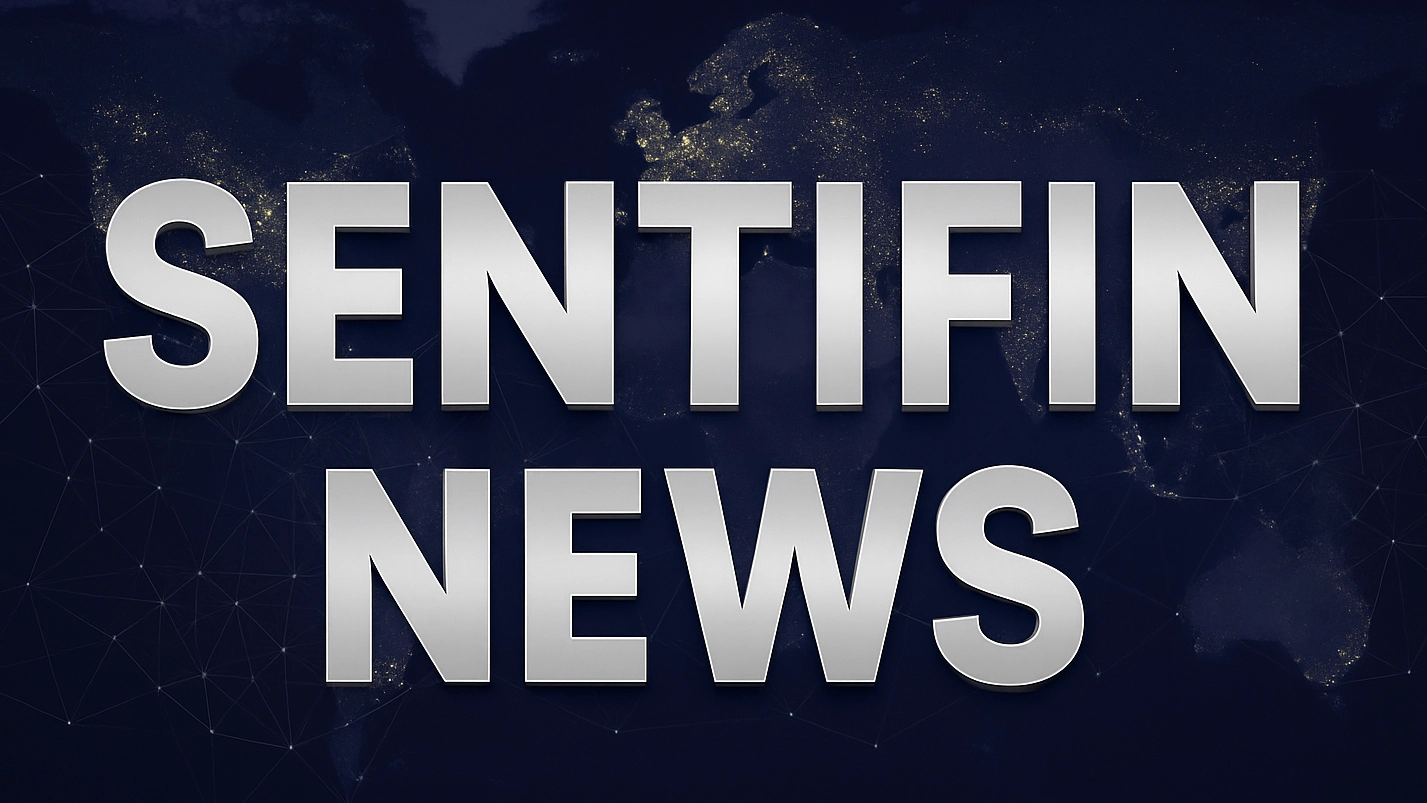ETFs Offer Gateway to Once-Inaccessible Private Markets

News Summary
The article discusses the trend of democratization in private markets, highlighting how asset managers and regulatory pushes (such as executive orders on private assets in 401(k)s) are working to broaden investor access to this space. Private markets, despite characteristics like illiquidity, pricing difficulty, and high costs, offer unique opportunities due to lower correlations and potentially higher returns and income generation, with assets growing from $4 trillion to about $15 trillion over the past decade. ETFs are playing a pivotal role in this trend. The launch of the SPDR SSGA Apollo IG Public & Private Credit ETF (PRIV) was a milestone, offering direct exposure to private credit exceeding 1940 Act limits through an innovative structure. Other examples of ETFs providing indirect access to private markets include the VanEck BDC Income ETF (BIZD), which invests in publicly traded business development companies (BDCs), and the VanEck Alternative Asset Manager ETF (GPZ), which invests in publicly traded alternative asset managers like Blackstone, KKR, and Apollo. Additionally, the Invesco Global Listed Private Equity ETF (PSP) and the BondBloxx Private Credit CLO ETF (PCMM) offer their respective private market exposures. As demand grows, these firms are expanding their business models into wealth management and retirement channels, solidifying their importance in the investment landscape. The article anticipates continued disruptive innovation in the ETF space.
Background
Historically, private markets have been characterized by illiquidity, pricing difficulty, opacity, and high costs, primarily accessible to institutional investors. However, they are also favored for their lower correlation to traditional assets and potential for higher returns and income generation. In recent years, private markets have expanded rapidly, growing from approximately $4 trillion a decade ago to about $15 trillion today. This expansion reflects investors' search for better income, diversification, and long-term growth beyond traditional public markets. During President Trump's administration, regulatory support for the democratization of private markets has been provided, including through executive orders that facilitate the inclusion of private assets in retirement plans such as 401(k)s.
In-Depth AI Insights
What are the deeper strategic drivers behind the democratization of private markets? Beyond simply offering investors more diversified income sources, the democratization of private markets is driven by multiple strategic imperatives: - Asset Manager Growth Imperative: As competition intensifies in public markets, leading alternative asset managers (e.g., Blackstone, KKR) need to tap into new capital pools. By opening private products to retail investors, they can significantly expand their AUM and lock in long-term, stable fee structures. - Government Policy Objectives: The Trump administration's push to include private assets in retirement plans like 401(k)s via executive orders likely aims to enhance retirement savings returns for Americans, while also directing capital into broader economic sectors, stimulating investment and innovation, particularly in private equity and credit-backed SMEs. This could also be seen as an exercise in